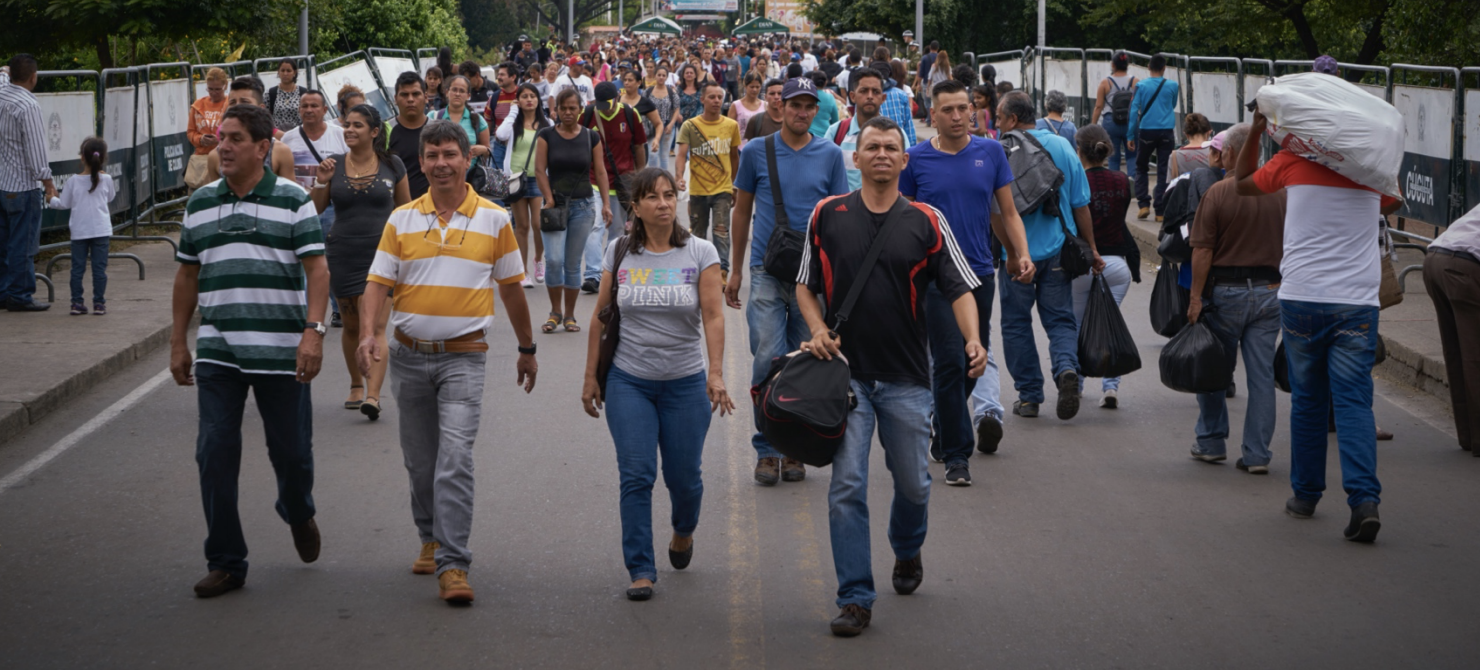
ISIM affiliate Gary Kleiman proposes an emerging market financial solution for refugees in the new World Refugee & Migration Council Special Report: “Emerging Market Finance Refugee Crisis Application: Rationale and Roadmap.”
The latest UN displaced population tally of 80 million — around 25 million refugees crossing borders and the rest internal underscore the longstanding trend that 85% of displacement affected countries are in the developing world, or emerging/frontier countries in decades established investor terminology. Global banks and fund managers are active in all these regions, and regularly monitor economic developments like mass migration for their impact on loan, bond, and stock portfolios, especially their general fiscal/debt implications and specific infrastructure/labor market fallout.
Official humanitarian and development sources are historically the main funding channels for crisis response, despite the call in the Global Compact for Refugees for private sector innovation and participation. UNHCR at headquarters level and in regional appeals has chronic shortfalls, the 2020 $9.1 billion budget is only 47% met by a handful of donors.1 It has no standing as a supranational to borrow on its own, as the World Bank and counterparts are able to do after also launching dedicated multi-billion dollar windows for middle-income concessional and poor country lending that too are a fraction of calculated immediate intake and longer-term stabilization needs.
Refugees themselves are often the leading inward channel through broader diaspora remittances supporting households and businesses in country. For developing markets as a whole hundreds of billions of dollars in these transfers exceed foreign portfolio and direct investment. These funds come from informal and formal networks detached from the global financial market nerve center. Multinational banks and businesses have begun to organize for hiring and smaller-scale impact investments through initiatives like the Tent Partnership and Refugee Investment Network. These initiatives focus on jobs and livelihoods and grassroots enterprise startup as bottom-up solutions, while a top-down commercial mobilization model remains lacking.
The World Refugee and Migration Council’s flagship 2019 report “A Call for Action” recognized this gap and urged consideration of a suite of established emerging credit and capital market instruments adapted for refugee/migration purposes, and public-private sector coordination to design pilots. Its original recommendations drew on op-ed articles prepared since the 2015 Europe-Syrian emergency which suggested sovereign refugee bonds, equity funds for stock exchange listed companies, and other alternatives appealing equally to mainstream and socially responsible investors.
A template often cited in presentations then was green securities market issuance for clean energy projects, and the sustainable energy category has since evolved for the well-known 2030 goals and pandemic relief the past year. The Council prepared a broad proposal to test multiple structures in the Andean region for the Venezuela exodus and supported a modest private equity housing effort in Colombia. This paper intends to elaborate the case in light of updated and more urgent regional and industry interests, as ESG commitments in particular converge with on the ground economic deterioration and increasing displacement.
Continuing reading the entire report here.